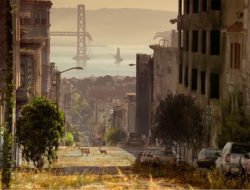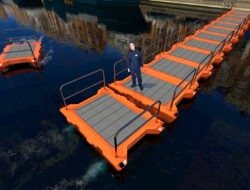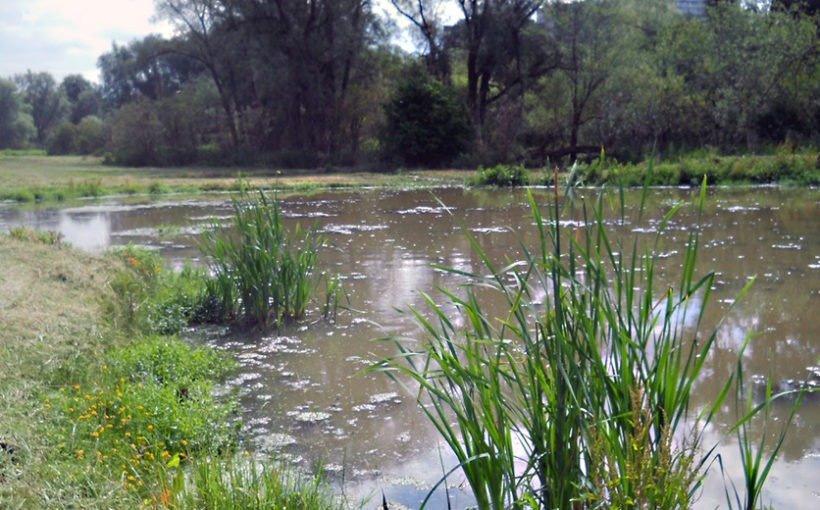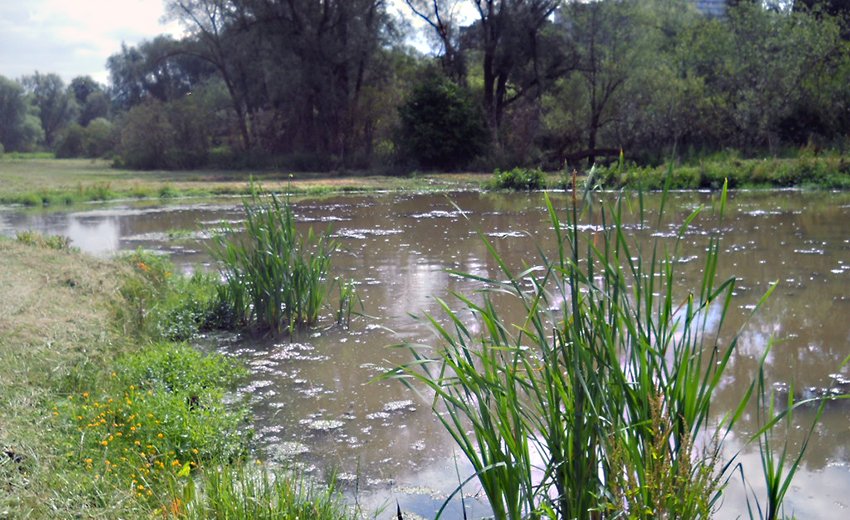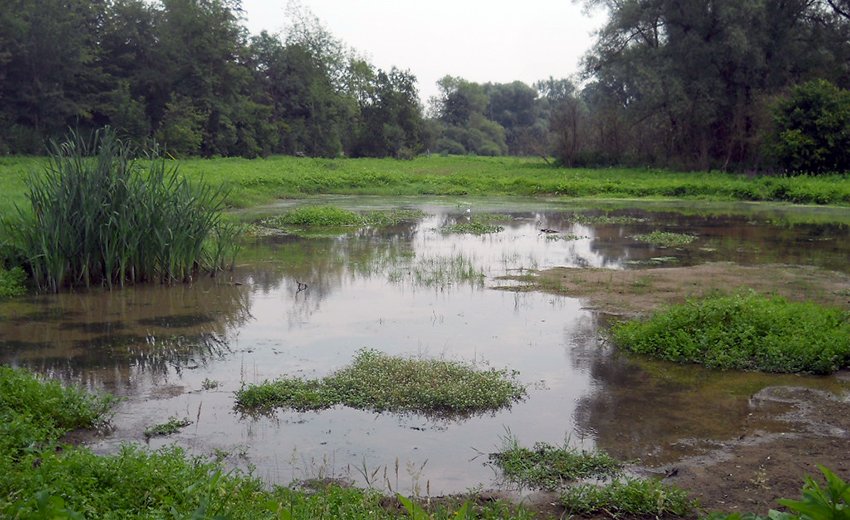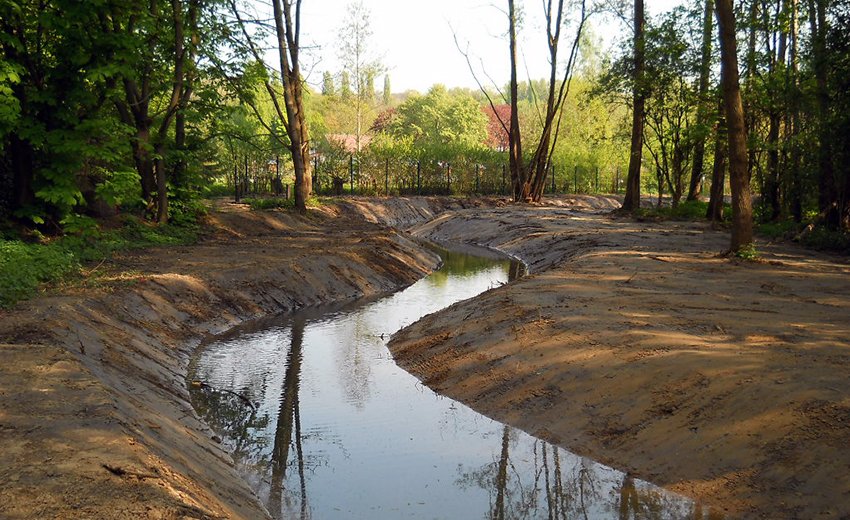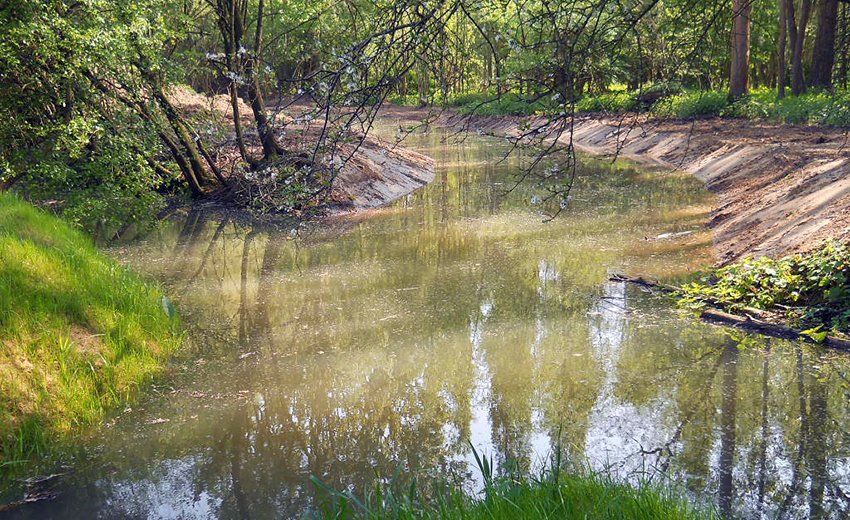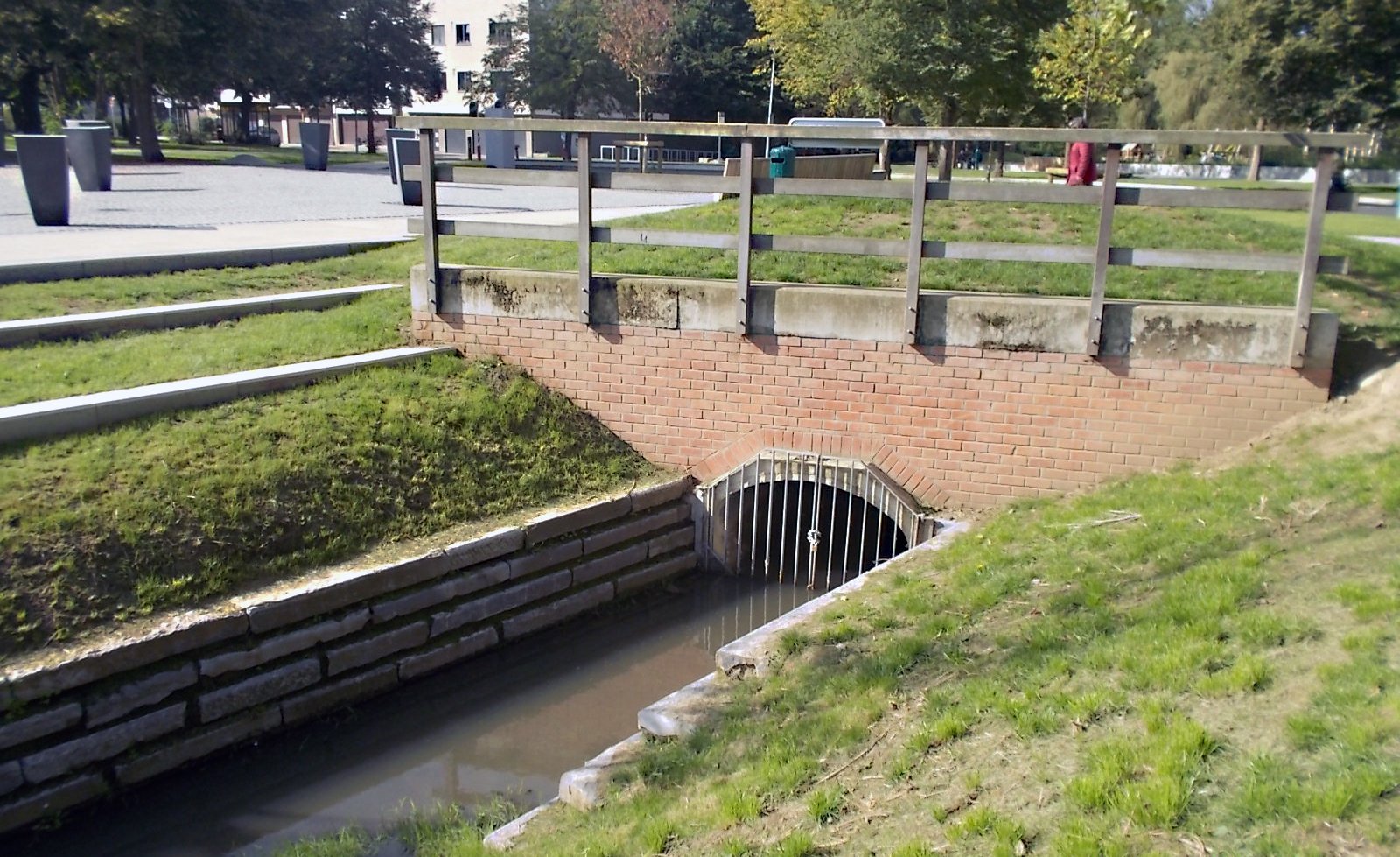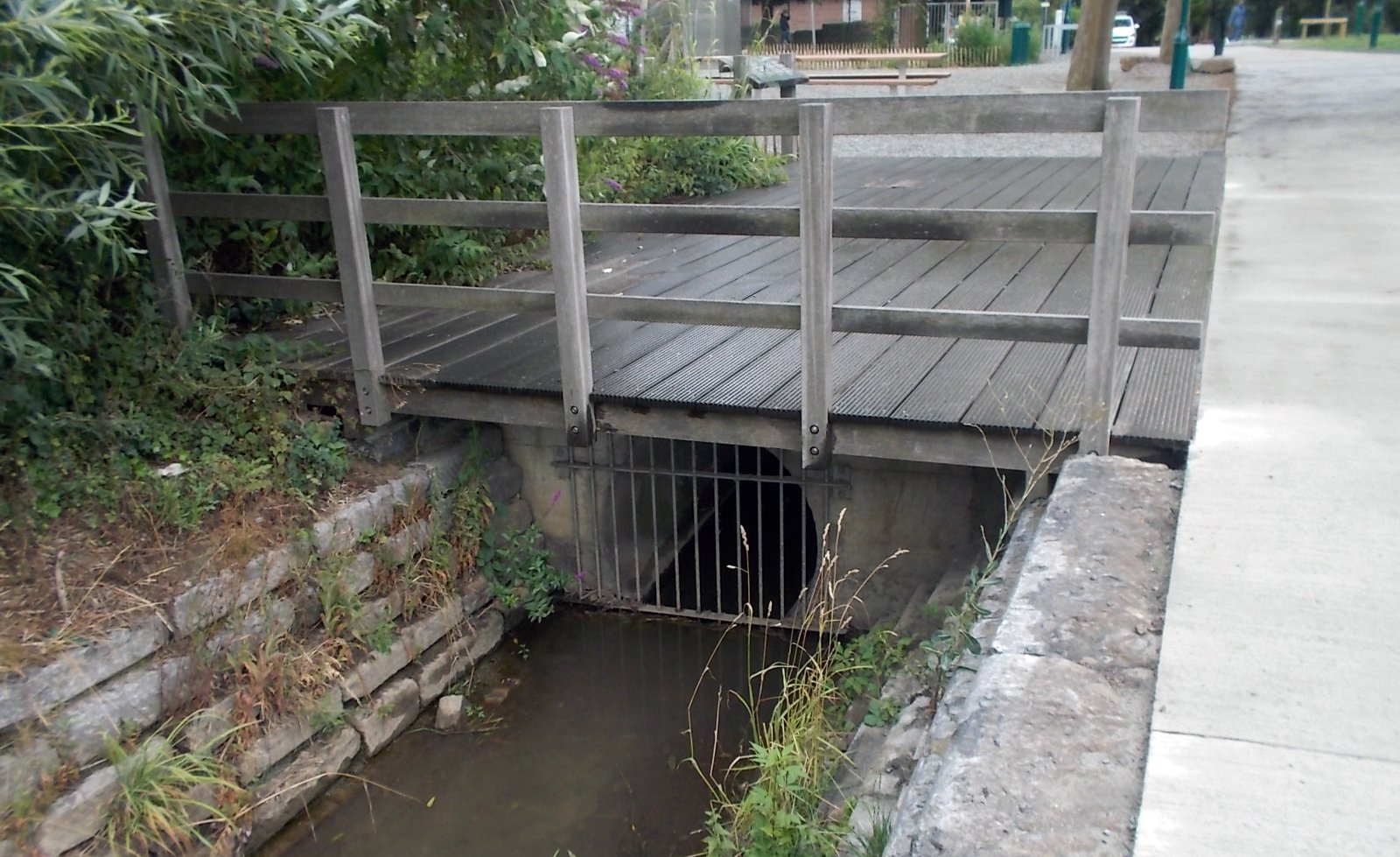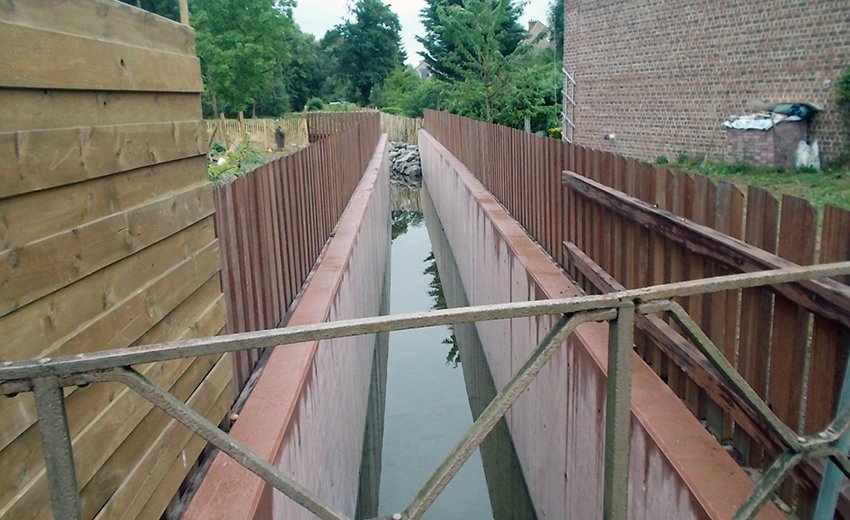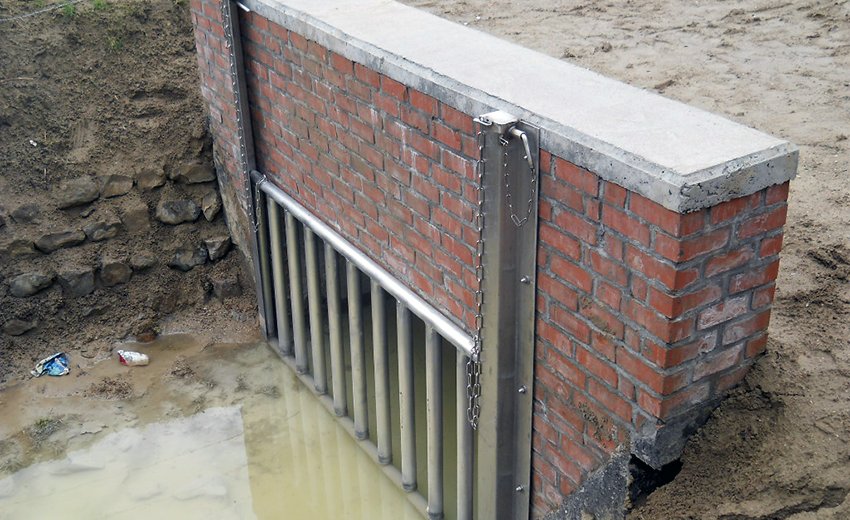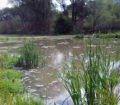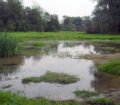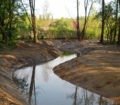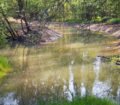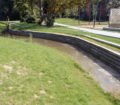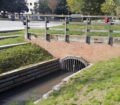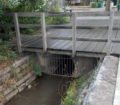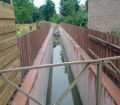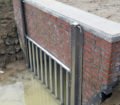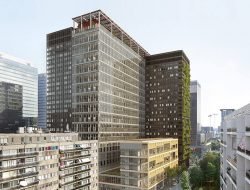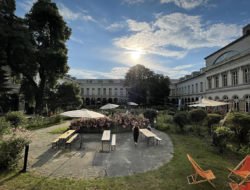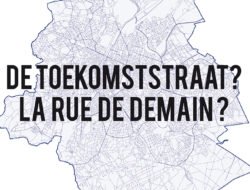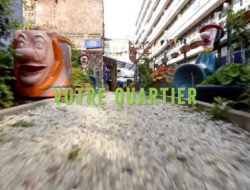Long fragmented, the Molenbeek is a stream that now enjoys a visible continuity and has even spawned numerous urban projects in the northwest of Brussels. Come and get your feet wet with Renaud Bocquet, specialist in water issues at Brussels Environnement.
Recently, the term “Molenbeek” hasn’t had a very good press. However, it is also the name of a stream whose source is in the Pajottenland and that flows through the city along the linguistic border. It is now also a beautiful green zone endowed with some of the richest flora in the capital. Cynics will tell you that it is because it doesn’t pass through the commune of the same name but through Berchem Ste Agathe, Ganshoren, Jette, Brussels City and Laeken to the gates of the royal domain. But all this is evidently not the result of chance.
Indeed over the last fifteen years Brussels Environnement has taken over the management of the Senne and all the waterways of the capital and has undertaken many changes both to channel the frequent overflows due to the vagaries of the climate and to give these streams visibility … and thus enable other urban and environmental perspectives. “We have already had a large flood since the stream was redesigned,” explains Renaud Bocquet. “The first full-scale test with the recent floods went very well. Local residents were originally very afraid that the open-air renovation of the river would create a nuisance for them and flood their gardens. But the stream actually has a beneficial effect: it absorbs excess water and supplements the collector, which reduces flooding.”
The positive pressure of Europe
As we know, construction sites can sometimes drag on in Brussels. In this case, however, the various stakeholders each added their stone to the building. Compromises have been found with local residents and both the Brussels Region and the Flemish Region have moved the project forward, certainly motivated by European subsidies but above all positively placed under pressure by the INTERREG program which calls on the Regions to collaborate better. It should also be stressed that this is an area with both political and economic stakes with the Heysel Plateau redevelopment project (Néo project) as well as the thorny issue of the future stadium and its proximity to Tour et Taxis and the entire canal area in the middle of revitalization. “The good cooperation with the Vlaamse Landmaatschapij has not only enabled to save years of work, but also improved the quality of life of residents and walkers. Thus ponds were dug for irrigation water from the Flemish outskirts and the new trees planted have created veritable green lungs around the stream. The marshes of Ganshoren and Jette along the Molenbeek have resumed their first role in times of flooding. There are also ponds that have been dug to reclaim wetlands during hot periods and to manage the repopulation of wildlife and marsh flora, for all types of species that need water to grow. I am thinking in particular of the garter snakes.”
Water beautifies the city
Beyond its role as ideal and natural complement to sewers and other storm basins, in urban areas this type of stream has the advantage of engendering urban embellishments in their immediate surroundings. “Thanks to the appearance at the surface of these water courses, it will be possible to occupy the space around them and restore other architectural or artistic perspectives to areas that are lacking them for the moment. A city is more beautiful when water is visible. Now the Senne is almost entirely underground and the reflection around a return of an urban river is only in its infancy. As a result we are concentrating first on streams such as the Molenbeek and building parks, recreation areas with water sports and vegetable gardens for local residents. We beautify and give life by taking water out of the ground,” concludes Renaud Bocquet.
© RR
Tags: Brussels, Brussels Environnement, Flemish Region, INTERREG, Molenbeek, Renaud Bocquet, Senne, Water

































